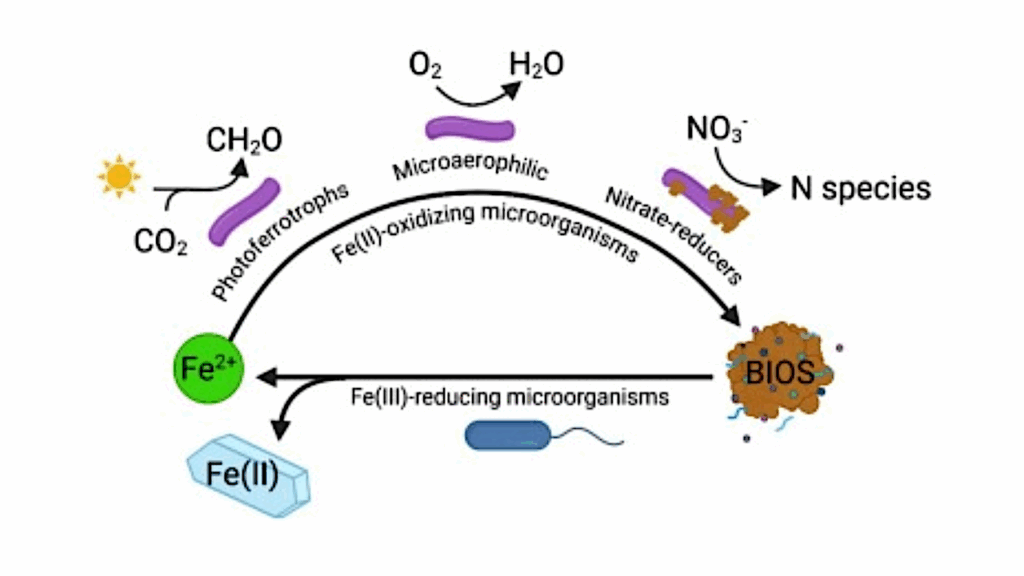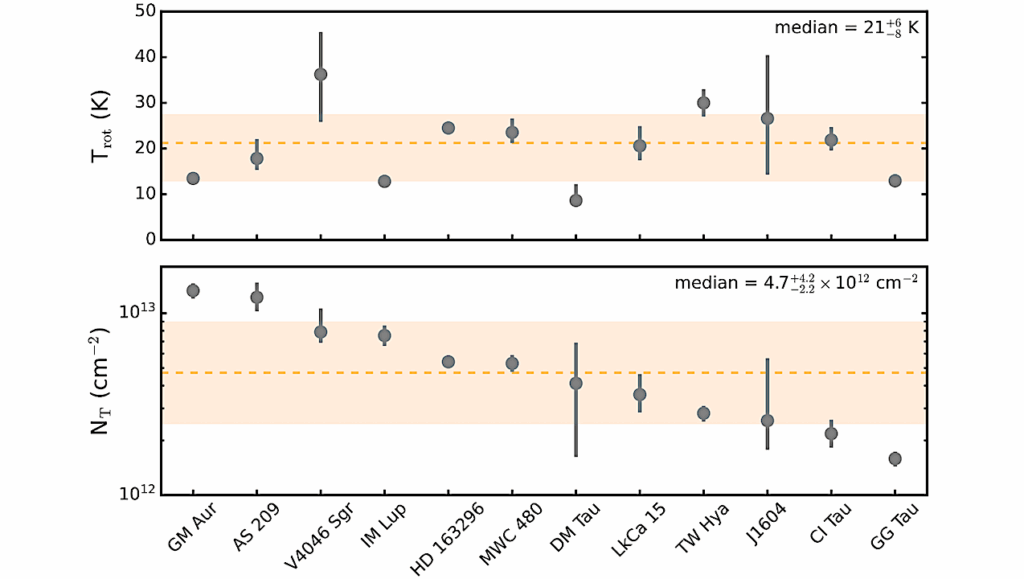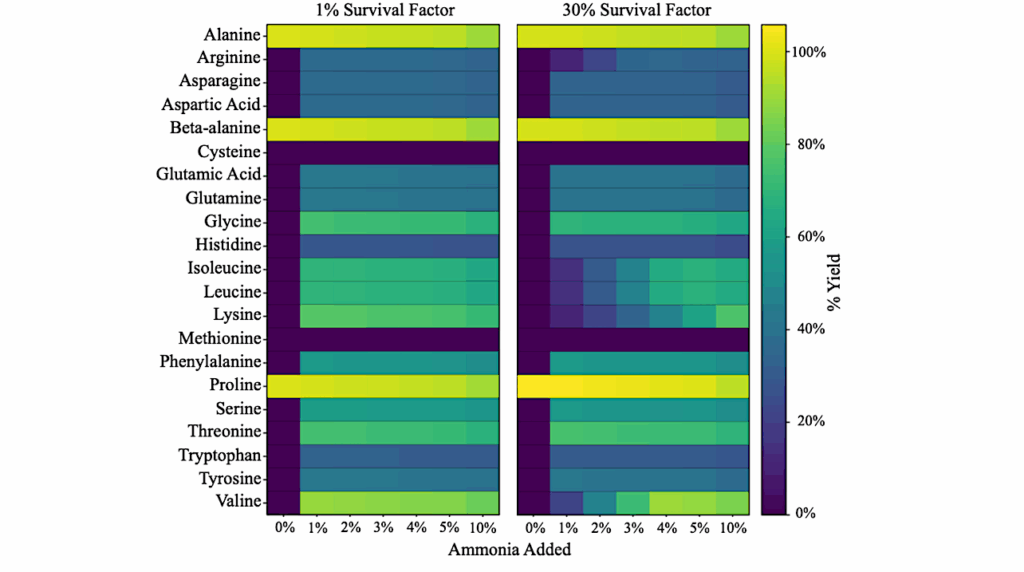Could Interstellar Ice Provide The Answer To Birth Of DNA?

Researchers at the University of York have shown that molecules brought to earth in meteorite strikes could potentially be converted into the building blocks of DNA.
They found that organic compounds, called amino nitriles, the molecular precursors to amino acids, were able to use molecules present in interstellar ice to trigger the formation of the backbone molecule, 2-deoxy-D-ribose, of DNA.
It has long been assumed that amino acids were present on earth before DNA, and may have been responsible for the formation of one of the building blocks of DNA, but this new research throws fresh doubt on this theory.
Meteor shower
Dr Paul Clarke, from the University of York’s Department of Chemistry, said: “The origin of important biological molecules is one of the key fundamental questions in science. The molecules that form the building blocks of DNA had to come from somewhere; either they were present on Earth when it formed or they came from space, hitting earth in a meteor shower.
“Scientists had already shown that there were particular molecules present in space that came to Earth in an ice comet; this made our team at York think about investigating whether they could be used to make one of the building blocks of DNA. If this was possible, then it could mean that a building block of DNA was present before amino acids.”
Before life began
In order for cellular life to emerge and then evolve on earth, the fundamental building blocks of life needed to be synthesised from appropriate starting materials – a process sometimes described as ‘chemical evolution’.
The research team showed that amino nitriles could have been the catalyst for bringing together the interstellar molecules, formaldehyde, acetaldehyde, glycolaldehyde, before life on Earth began. Combined, these molecules produce carbohydrates, including 2-deoxy-D-ribose, the building blocks of DNA.
DNA is one of the most important molecules in living systems, yet the origin 2-deoxy-D-ribose, before life on earth began, has remained a mystery.
‘One-pot’
Dr Clarke said: “We have demonstrated that the interstellar building blocks formaldehyde, acetaldehyde and glycolaldehyde can be converted in ‘one-pot’ to biologically relevant carbohydrates – the ingredients for life.
“This research therefore outlines a plausible mechanism by which molecules present in interstellar space, brought to earth by meteorite strikes, could potentially be converted into 2-deoxy-D-ribose, a molecule vital for all living systems.”
Phillip R. A. Chivers et al, Spatially-resolved soft materials for controlled release – hybrid hydrogels combining a robust photo-activated polymer gel with an interactive supramolecular gel, Chem. Sci. (2017). DOI: 10.1039/C7SC02210G








